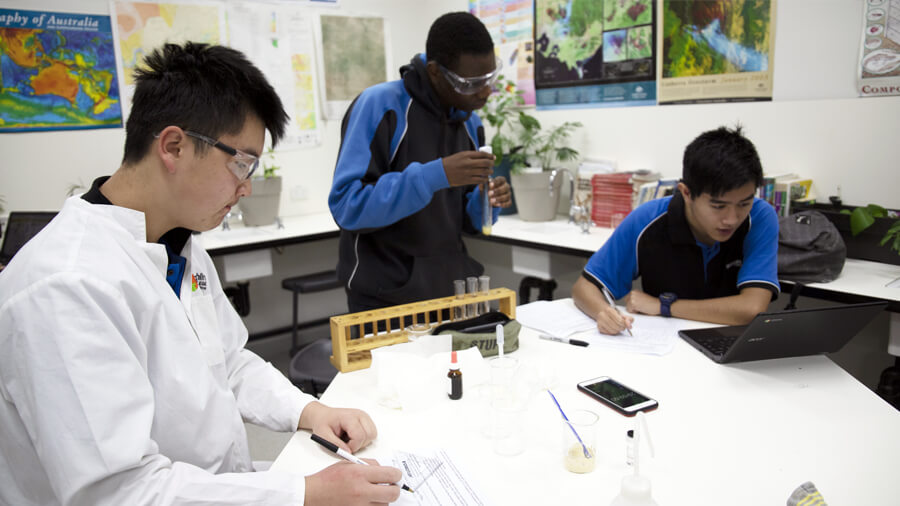
Course information
Biology is the study of the fascinating diversity of life as it has evolved and as it interacts and functions. Investigation of biological systems and their interactions, from cellular processes to ecosystem dynamics, has led to biological knowledge and understanding that enable us to explore and explain everyday observations, find solutions to biological issues, and understand the processes of biological continuity and change over time.
Post-school pathways
Do you enjoy or are you good at Biology? (pdf, 110kb).
Workload expectation
Four hours outside of class per week to complete homework and assignments.
Course pattern
Available as a Minor or Major course.
Suggested Minor course
Semester | Unit |
|---|---|
1 | Unit 2: Cells and Organisms |
2 | Unit 4: The Internal Environment |
Suggested Major course
Semester | Unit |
|---|---|
1 | Unit 2: Cells and Organisms |
2 | Unit 4: The Internal Environment |
3 | Unit 3: Heredity and Continuity of life |
4 | Unit 1: Biodiversity and Connectedness |
Unit descriptions
Unit 1: Biodiversity and Connectedness
In this unit, students analyse abiotic and biotic ecosystem components and their interactions, using classification systems for data collection, comparison and evaluation.
Unit 2: Cells and Organisms
In this unit, students investigate the interdependent components of the cell system and the multiple interacting systems in multicellular organisms.
Unit 3: Heredity and Continuity of Life
In this unit, students investigate mechanisms of heredity and the ways in which inheritance patterns can be explained, modelled and predicted; they connect these patterns to population dynamics and apply the theory of evolution by natural selection in order to examine changes in populations.
Unit 4: The Internal Environment
In this unit, students investigate system change and continuity in response to changing external conditions and pathogens; they investigate homeostasis and the transmission and impact of infectious disease at cellular and organism levels; and they consider the factors that encourage or reduce the spread of infectious disease at the population level.
For more detail on the course and individual units please refer to the ACT BSSS Website.
